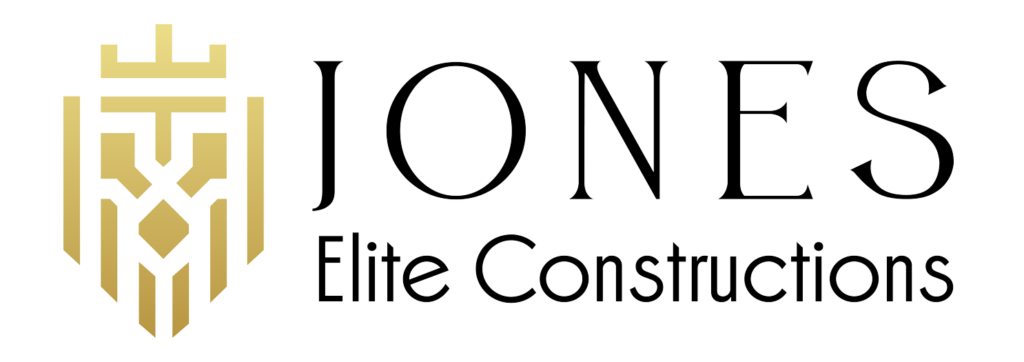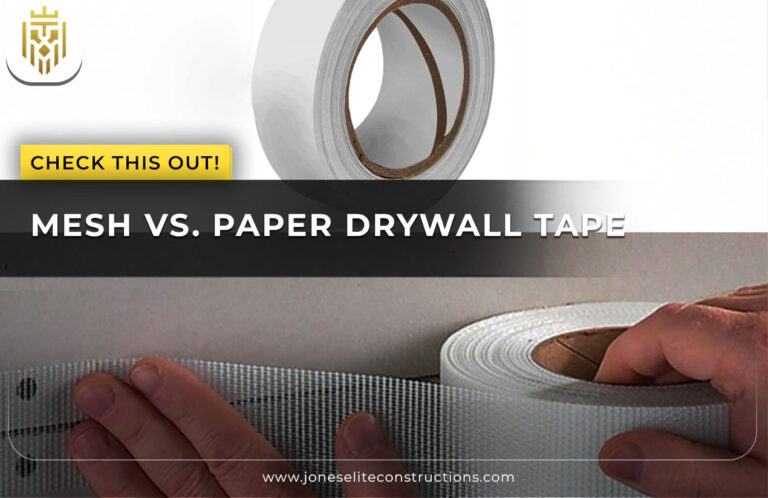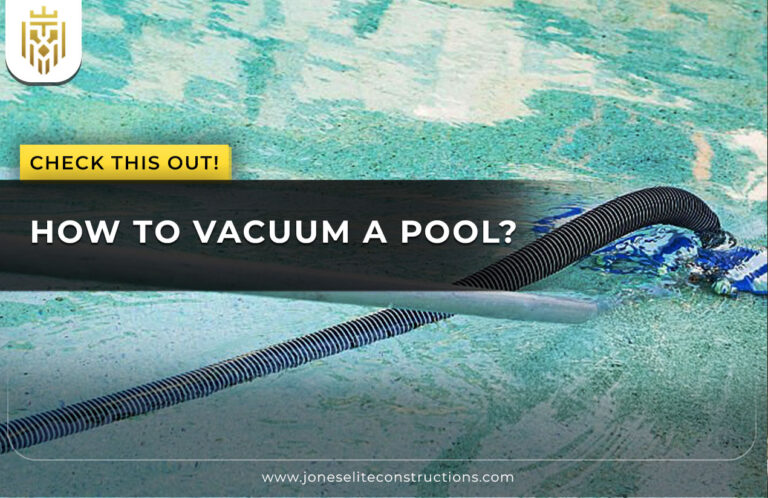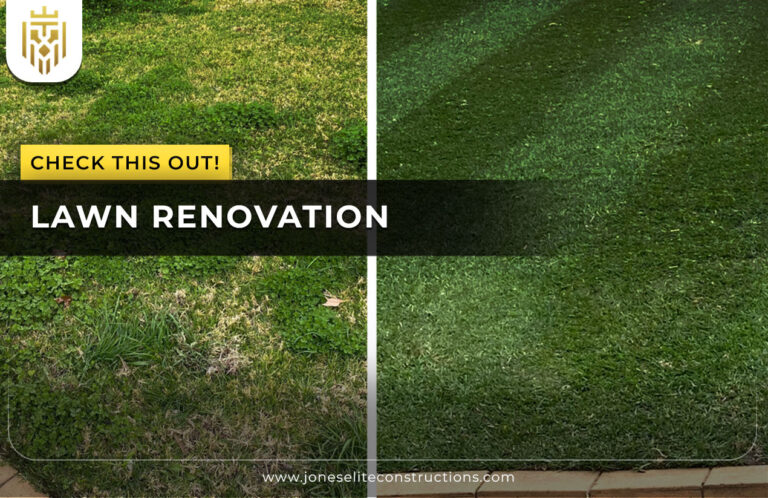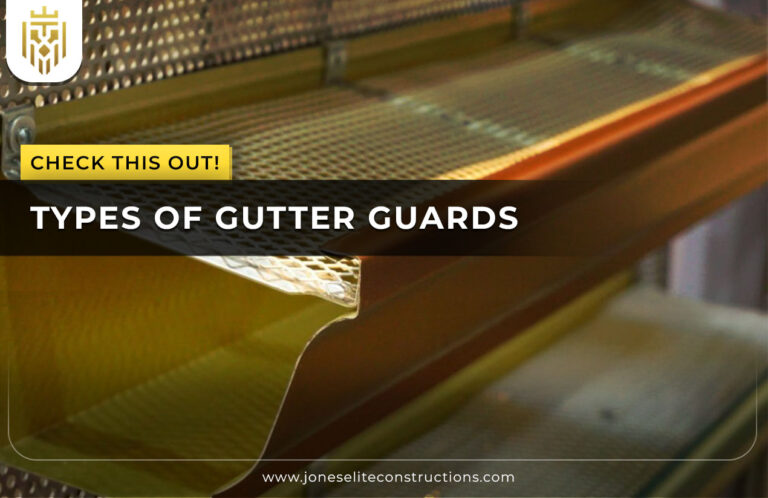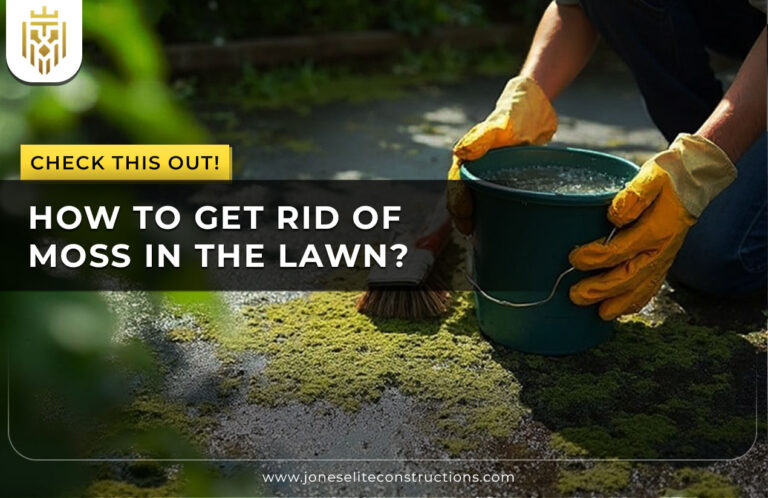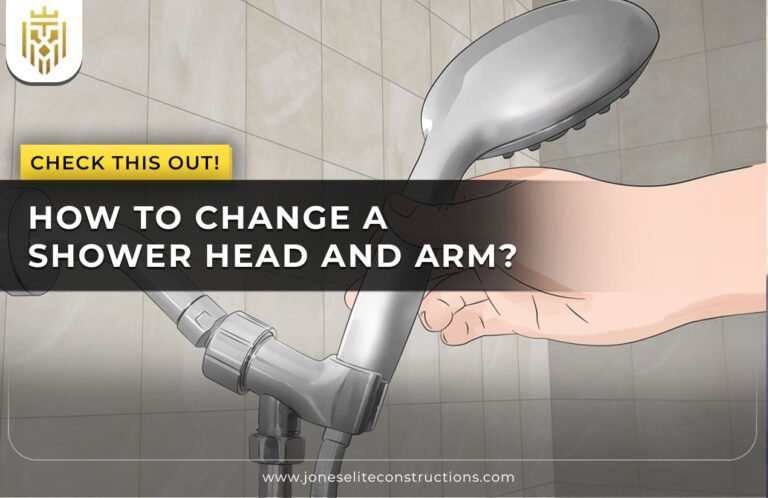What is Wood Flooring?
Wood flooring is a classic touch that adds beauty, warmth, and value to a house. In a plethora of choices, the right choice depends on different factors like durability, maintenance, and price. Understanding the various types of wood flooring – from the traditional hardwood to the new engineered-pays an important part in selecting which is best for your setting.
Wood flooring describes any type of flooring constructed out of natural wood, or infringing upon the looks of wood. They score high in terms of durability and natural attractiveness and are also compatible with a multitude of interior styles. Be it solid hardwood or engineered hardwood, bamboo, or cork, wood flooring offers a classic and elegant choice. Wood flooring will last for decades with proper maintenance and care, making it a great investment for any home.
Different types of wood flooring

There are several types of wood flooring available, each offering unique characteristics in terms of durability, appearance, and maintenance. Understanding these options will help you choose the best flooring for your home based on style preferences, budget, and lifestyle needs.
Solid Hardwood Flooring
Solid wood flooring refers to a wooden floor that is made from a single piece of natural wood, and that type of flooring is one of the oldest and the most traditional types. Solid wood flooring comes in different wood species, including oak, maple, and walnut, thereby offering a warm and authentic look. Sanding and refinishing can be done multiple times on this type of flooring, so it is durable for a long time. Whereas solid wood floors are overly sensitive to moisture and temperature change, which makes it less appropriate for installation in areas with a humid climate.
-
Pros of Solid Hardwood Flooring
Solid hardwood would certainly enhance a home with a premium look and enhanced durability. Numerous wood species, grains, and finishes are available for solid hardwood flooring, allowing the owner to create an individualised look. The capacity to sand or refinish ensures that even after years of wear, it can be rejuvenated to its original condition.
-
Cons of Solid Hardwood Flooring
Perhaps the most important disadvantage of solid hardwood flooring is its susceptibility to moisture or humidity, leading to warping/swelling over time. Solid hardwood flooring also has regular maintenance requirements, including periodic refinishing, to keep it looking good. Moreover, it comes with one of the steeper price tags, so it is less economical than alternatives like laminate or engineered wood.
Engineered Wood Flooring
Engineered wood floorboards feature a single top layer of real hardwood that has been bonded over multiple layers of plywood or high-density fibreboard. This construction gives it enhanced stability and greater resistance to temperature and humidity changes. It largely resembles solid hardwood but is much easier to install and is often less expensive.
-
Pros of Engineered Wood Flooring
Engineered wood flooring, which is moisture and temperature resistant, could be considered for basements and other areas with fluctuating humidity levels. Different wood species and finishes are available, which means they will not look different than solid hardwood. In terms of installation, engineered wood offers an easier alternative, with options for click-lock systems in floating floor applications.
-
Cons of Engineered Wood Flooring
While they can be refinished, the number of times this can be achieved depends on the thickness of the top wood layer, so this type of flooring will not last as long as solid hardwood, especially if a gaunt veneer is used. Also, some of the lower-quality engineered wood flooring systems are going to last less of a lifetime since they would be more prone to wear and tear.
Laminate Wood Flooring
Laminate wood flooring has been artificially created to imitate the appearance of original wood. It is a photographic layer with a woody grain pattern print, a fibreboard core, and a protective wear layer. It serves as a budget-friendly flooring option offering high durability and easy maintenance.
-
Pros of Laminate Wood Flooring
Laminate flooring is scratch, stain, and wear resistant, making it an excellent application for busy areas. Laminate is also easy to install; the planks hook together without the need for nails or glue. Affordability adds to the popularity of laminate among homeowners seeking cheaper options that resemble hardwood.
-
Cons of Laminate Wood Flooring
Unlike wood floors, laminate cannot be sanded or refinished, so if there is damage, it must be replaced. It may also not have the authentic warmth and texture of real wood, which could be considered a disadvantage for someone with a more classic look in mind. Also, laminate is prone to getting spoilt by water, so it cannot be used in areas that are likely to spill or are highly humid.
Cork Flooring
Cork is an eco-friendly and sustainable alternative to traditional wood flooring made from the bark of the cork oak tree. It feels soft and cushioned upon walking and has fantastic sound absorption properties.
-
Pros of Cork Wood Flooring
The natural ability of cork flooring to resist mould, mildew, and allergens makes it the right choice for an allergy-prone home. It is a good insulator, helping the home feel warm in winter and cut energy costs. Cork’s soft texture makes walking comfortable, as it puts a lesser impact on joints and feet.
-
Cons of Cork Wood Flooring
Cork flooring is, however, subject to scratches and dents from heavy furniture or pet claws. In addition, cork floorings need to be regularly sealed every few years to protect them from moisture damage. The natural cork colour will fade after a time when placed in direct sunlight; thus, additional care is required to maintain its true appearance over time.
Parquet Flooring

Parquet flooring takes its form, consisting of little pieces composed of wood arranged geometrically, resulting in unique decoration. The parquet designing is associated with the most expensive luxury interiors and historic buildings where it was widespread.
-
Pros of Parquet Flooring
A parquet floor adds class and elegance to any space that it occupies, which is the reason it bears popularity with high-end homes. It offers different wood species and designs such that one can custom make a pattern of floors to his/her preference. When properly maintained, parquet flooring withstands the test of time since it is forceful and long-lasting.
-
Cons of Parquet Flooring
Parquet flooring has a general disadvantage of complicated installation which needs professional skills to handle. It is also costlier as compared to normal wooden planks because it needs very elaborate designs. Parquet flooring is also vulnerable to moisture and requires refinishing with time to retain its appearance.
Bamboo Flooring
Bamboo flooring provides an environmentally friendly alternative to hardwood flooring; bamboo itself, a grass, grows really fast as compared to hardwood. It is strong and durable, and it gives a contemporary look.
-
Pros of Bamboo Flooring
Bamboo flooring is sustainable; it grows faster than traditional hardwoods. It is naturally resistant to moisture and pests and is a durable option for various sites. The sleek, modern, and trendy look of bamboo enhances the aesthetics of contemporary home designs.
-
Cons of Bamboo Flooring
The quality of bamboo varies greatly with the manufacturing process; lower-quality products will obviously be more prone to scratches, dents, and dings. Bamboo also comes with fewer colour options and grain variations than traditional hardwood. Though durable, it doesn’t last as long as solid hardwood flooring.
Wood-Look Tile Flooring
Wood-look tile flooring is made of ceramic or porcelain tiles that imitate the surface and look of real wood. Thus, it keeps wood beauty, not strength, but that of tile.
-
Pros of Wood-Look Tile Flooring
Wood-look tile flooring is mould resistant, meaning it can be used in bathrooms, kitchens, and even basements. It is also highly durable and not easily affected by maintenance, making it among the top choices in high-traffic areas. It offers so many colours and styles fitting into various interior designs.
-
Cons of Wood-Look Tile Flooring
Although it is indeed a wood-look tile, it lacks the warmth and comfort of real wood underfoot. It feels cold, especially in cooler climates, unless you install it with underfloor heating. The initial installation has also proved expensive because of the need to apply grout and tile setting on it.
FAQs
1) What is wood flooring?
Wood flooring describes any type of flooring that is made from natural wood materials or man-made materials designed to replicate wood. Wood flooring comprises solid hardwood, engineered wood, laminate, bamboo, and wood-look tiles.
2) What are the different types of wood flooring?
The main types of wood flooring include solid hardwood, engineered wood, laminate, cork, parquet, bamboo, and wood-look tile flooring. Each type has unique advantages and disadvantages so that they can fit different needs and budgets.
3) Which type of wood flooring is the most durable?
The most durable wood flooring options include engineered wood, bamboo, and wood-look tile flooring. Solid hardwood is also durable; however, it will require more maintenance and refinishing over time.
4) How often should wood flooring be refinished?
Solid hardwood can be refinished every seven to ten years, while engineered wood can be refinished anywhere from a few times depending on the thickness of its top layer. Laminate, bamboo, and wood-look tile flooring cannot be refinished; they will need to be replaced if damaged.
